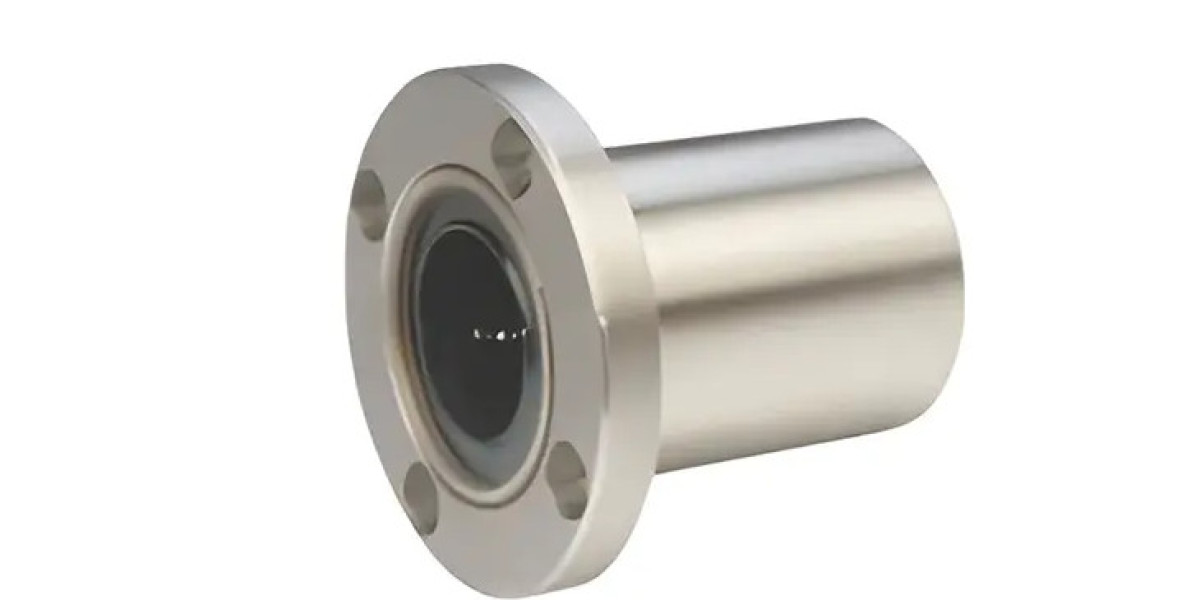Precision shafts are widely used in mechanical assemblies that demand accuracy, balance, and consistent movement. These components are typically cylindrical in shape and are manufactured to strict dimensional tolerances. Their reliability contributes directly to the smooth operation of various equipment in automation, aerospace, electronics, and other engineering sectors.
The surface finish of a precision shaft is one of its essential attributes. A smooth, uniform surface reduces friction and wear during operation. This allows the shaft to maintain consistent rotation and helps protect bearings and connected components from premature failure. In systems where vibration control is critical, such as robotics or CNC machinery, the use of a well-balanced shaft with precise concentricity becomes even more important.
Materials used for manufacturing precision shafts include stainless steel, carbon steel, and various alloys. Each material is chosen based on environmental exposure, strength requirements, and rotational speed. Heat treatment and coating processes can be applied to improve hardness, corrosion resistance, or lubrication characteristics.
Applications for precision shafts extend beyond industrial automation. They are also used in medical devices, printers, electric motors, and optical instruments. Their adaptability makes them suitable for both static and rotary functions.
Despite appearing straightforward in design, a precision shaft must undergo thorough inspection during production. Key measurements like diameter tolerance, straightness, and runout are routinely verified to ensure it meets required performance standards.
Whether acting as a support structure or a rotating axle, the precision shaft plays a dependable role in system design. Its combination of durability, dimension control, and versatility makes it a core component in countless mechanisms.








